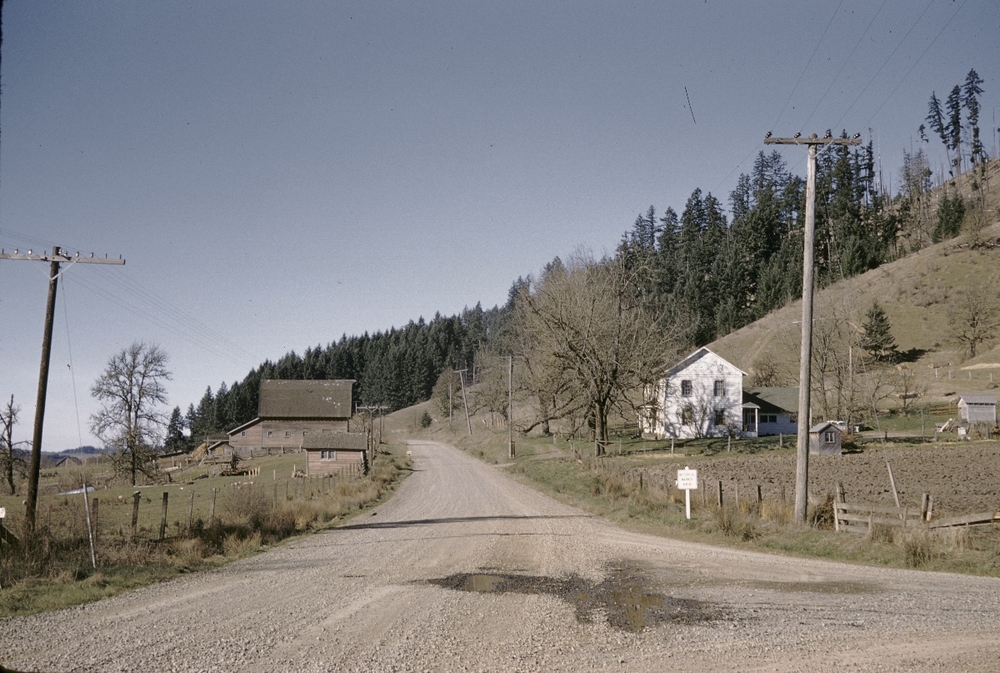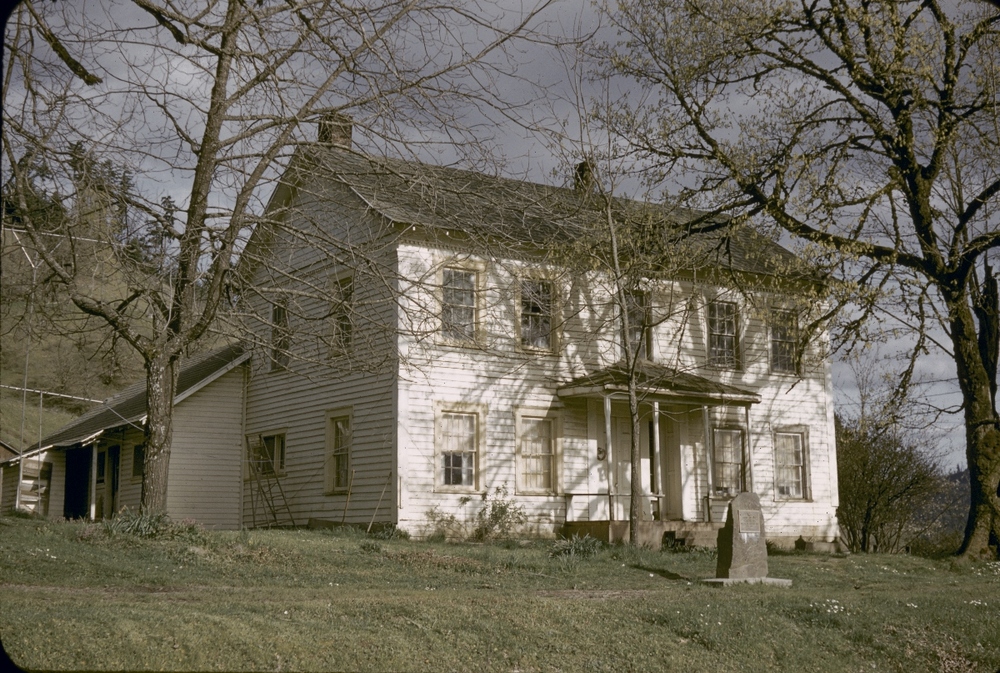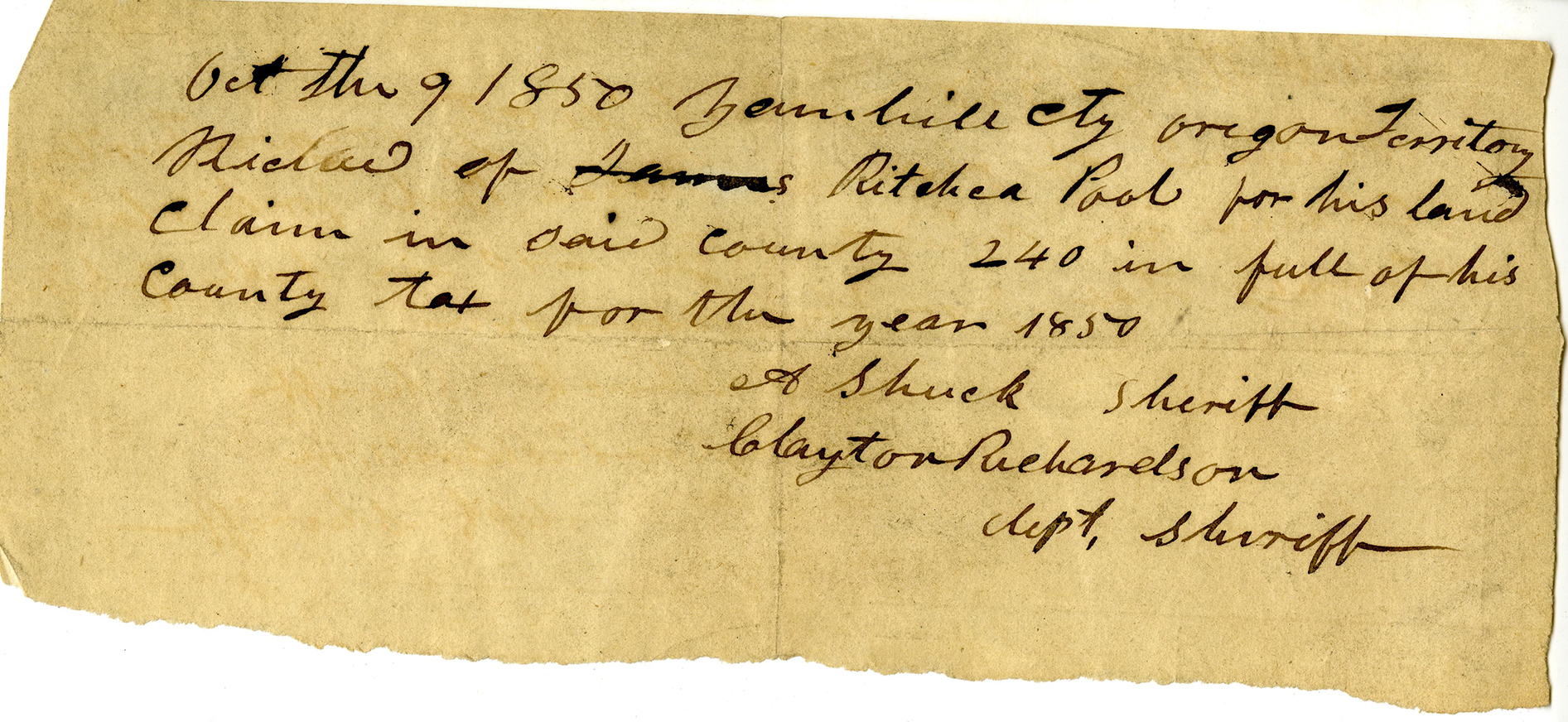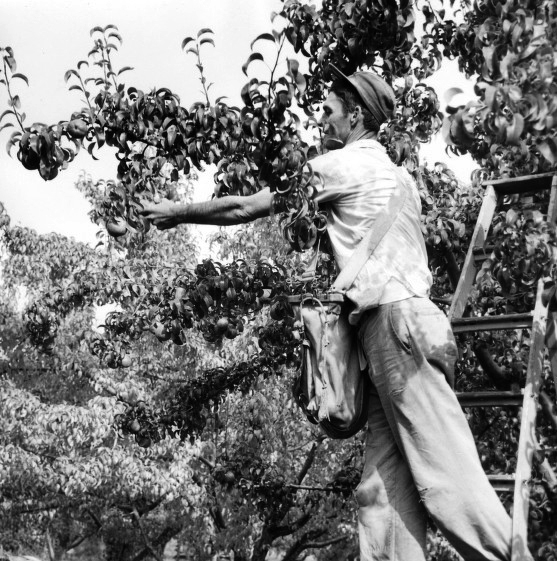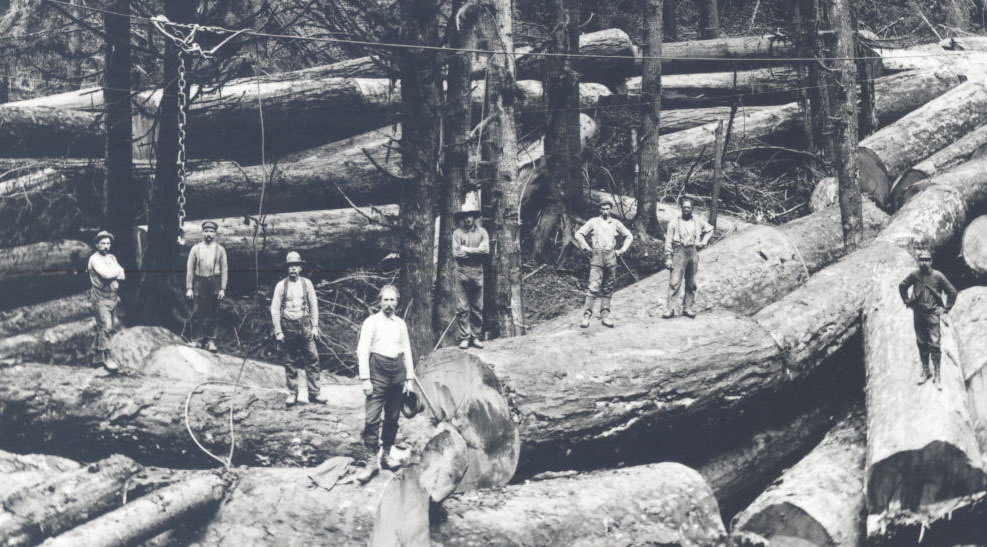Lorane is a small, rural community in Lane County a few miles from the headwaters of the Siuslaw River, approximately 22 miles southwest of Eugene and 12 miles west of Cottage Grove. It was settled in the early 1850s by white settlers lured to Oregon by the Donation Land Claim Act of 1850.
The Applegate Trail and a stagecoach route passed near the town. The Cartwright House, four miles south of Lorane, built in 1853 and later named Mountain House Hotel, once served weary travelers and was considered to be the most important stage stop between Portland and San Francisco because of the services and accomodations it offered.
The Southern Pacific Railroad originally planned to build its line through the Lorane area. In a letter dated August 12, 1883, Jost Petrie wrote, "... the people expect a R.R. will be built right through here soon, and if we make a Success of our (grist) Mill, and the R.R. is built, property here will be treble in value..." The railroad company changed its plans and built its line through Cottage Grove, instead.
For more than 100 years, Lorane’s prime resource was logging and lumber. Throughout its history, more than twenty-nine mills and lumber companies have been chronicled within a few miles of the town of Lorane. None remain, however. Trees are still harvested from the nearby forests, but most are hauled by truck to the few remaining mills in other parts of Lane County.
In the early part of the 1900s,the Lorane Valley Orchards provided apples, pears, and plums to markets throughout Oregon and California. More than one hundred years later, the same 1,800 acres where the orchards grew are vineyards supplying grapes for quality Oregon wines. Vineyards and wine-making are now the most prominent economic resources remaining in the Lorane area.
Today, Lorane is an unincorporated community. Retail businesses include three large wineries offering tours and wine tasting as well as a publishing office, a general store with gasoline and a delicatessen. No official census figures are recorded for the actual community of Lorane, but the fire district records a population of over 700 residents within its boundaries.
-
![]()
Cartwright House (right), near Lorane, built 1853, destroyed by fire in 1973.
Visual Resources Coll., Architecture & Allied Arts Library, Univ. of Oreg. Lib., mdr04410
-
![]()
Cartwright House, near Lorane.
Visual Resources Coll., Architecture & Allied Arts Library, Univ. of Oreg. Lib., mdr04408
Related Entries
-
![Applegate Trail]()
Applegate Trail
The Applegate Trail, first laid out and used in 1846, was a southern al…
-
![Oregon Donation Land Law]()
Oregon Donation Land Law
When Congress passed the Oregon Donation Land Law in 1850, the legislat…
-
Pears and the pear industry
European pears (Pyrus communis) thrive in the temperate climate of the …
-
![Timber Industry]()
Timber Industry
Since the 1880s, long before the mythical Paul Bunyan roamed the Northw…
Related Historical Records
Map This on the Oregon History WayFinder
The Oregon History Wayfinder is an interactive map that identifies significant places, people, and events in Oregon history.
Further Reading
Edwards, Patricia Ann. From Sawdust and Cider to Wine: A History of Lorane, Oregon and the Siuslaw Valley. Bend, Oreg.: Maverick Publications, 2006.
Edwards, Patricia Ann, Nancy Seales O'Hearn, and Marna Lee Hing. Sawdust & Cider: A History of Lorane, Oregon and the Siuslaw Valley, Bend, Oreg.: Maverick Publications, 1987.
Friedman, Ralph, In Search of Western Oregon. Caldwell, Idaho: Caxton Printers, Ltd, 1990.
Portrait & Biographical Record of the Willamette Valley, Oregon. Chicago: Chapman Publishing Co., 1903.
The Centennial History of Oregon, Vol IV. Chicago: The S.J. Clarke Publishing Co., 1912.
Walling, A. G. Illustrated History of Lane County, Oregon. Portland, Oreg.: A. G. Walling Publishing Co., 1884.

